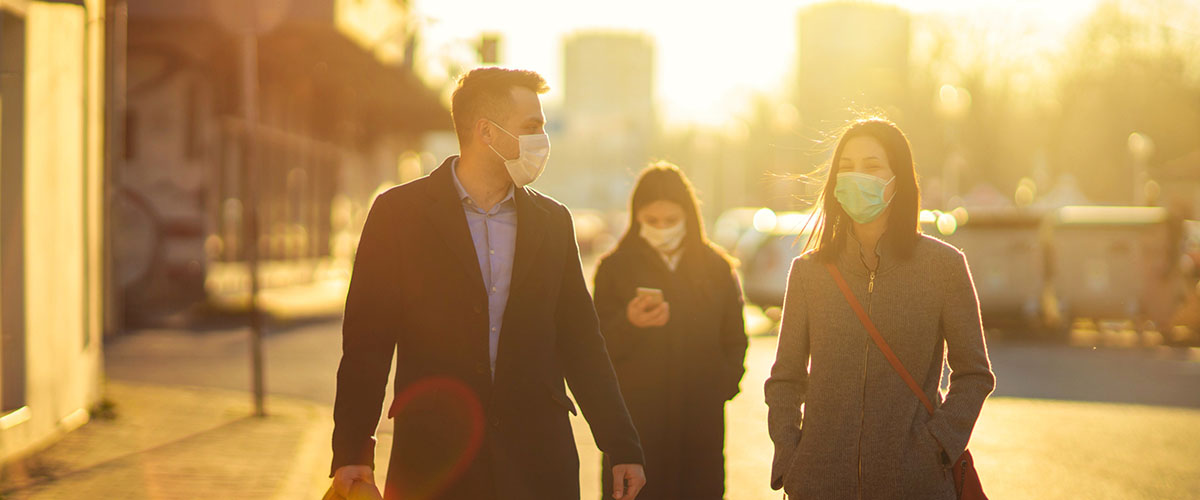Since March 2020 almost everyone has faced upheaval in their daily lives as we contend with the COVID-19 pandemic. From the mass uptake of working from home to social distancing and locked-down cities, the world is a changed place.
However, it remains to be seen how permanent these changes will be and what life will look like once the global health risk has passed, particularly for our nation’s cities and the transport networks that serve them.
To better understand the community’s thinking, we commissioned new research to get a snapshot of how people see themselves moving around cities – and between cities – after the public health risk has passed.
A year into the pandemic and with a vaccine on the horizon, Urban Mobility Trends from COVID-19 builds on similar research Transurban commissioned in July 2020, and provides further insight into how people's attitudes have evolved since that time.
The research tells us that:
- 87% of respondents expect to do most of their work back in their workplace
- 69% of people want flexible start and finish times, rising to 86% for people who work in the CBD and inner suburbs.
- 63% cited increased collaboration or relationships as the main reason for going back to the workplace
- 21% of daily public transport users expect to decrease their public transport use post-pandemic
- 60% of respondents plan to travel either domestically or internationally in 2021
Read more in the Urban Mobility Trends from COVID-19 (February Edition) research report (PDF)

